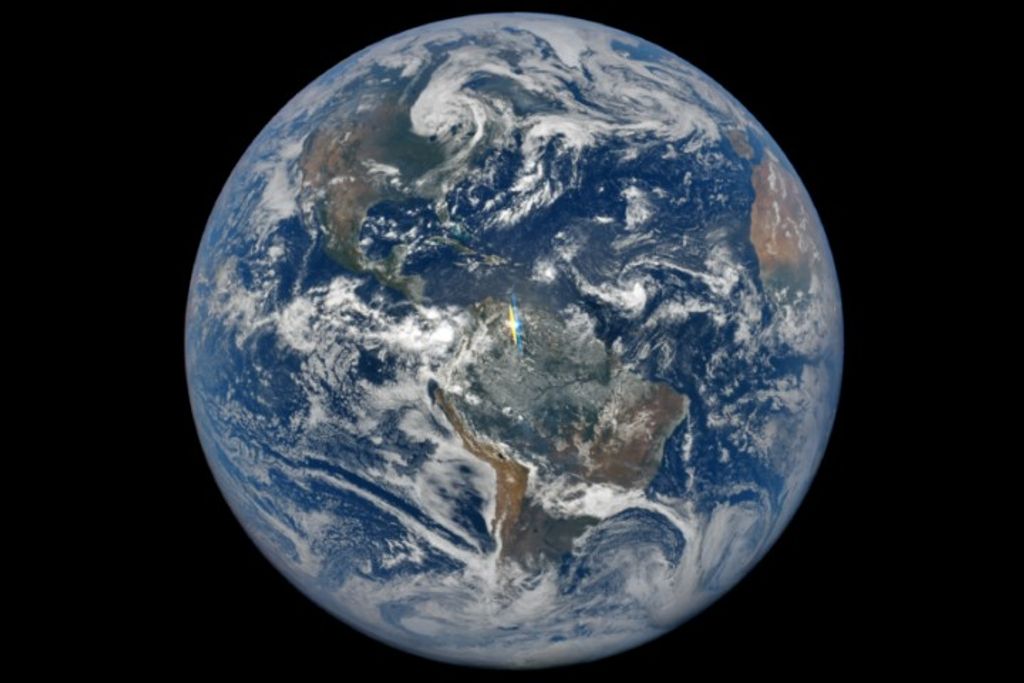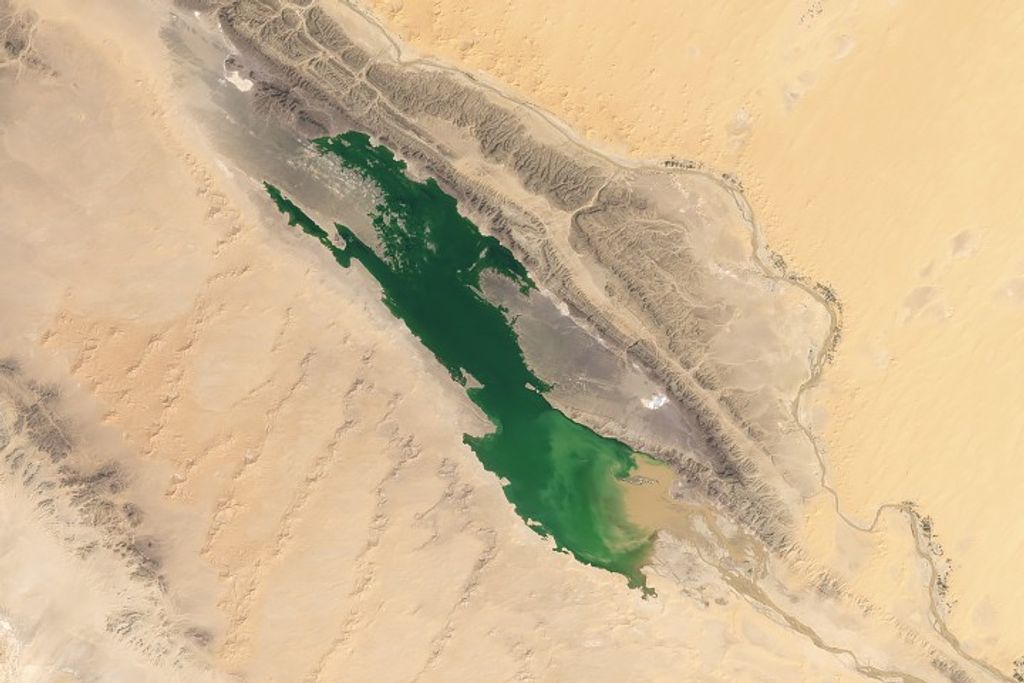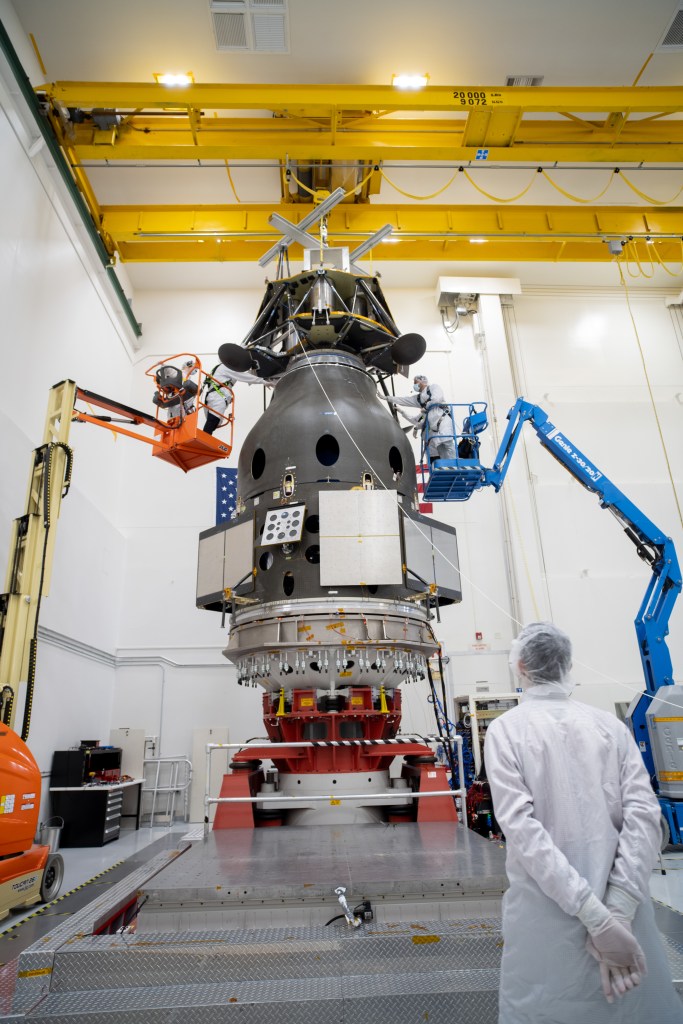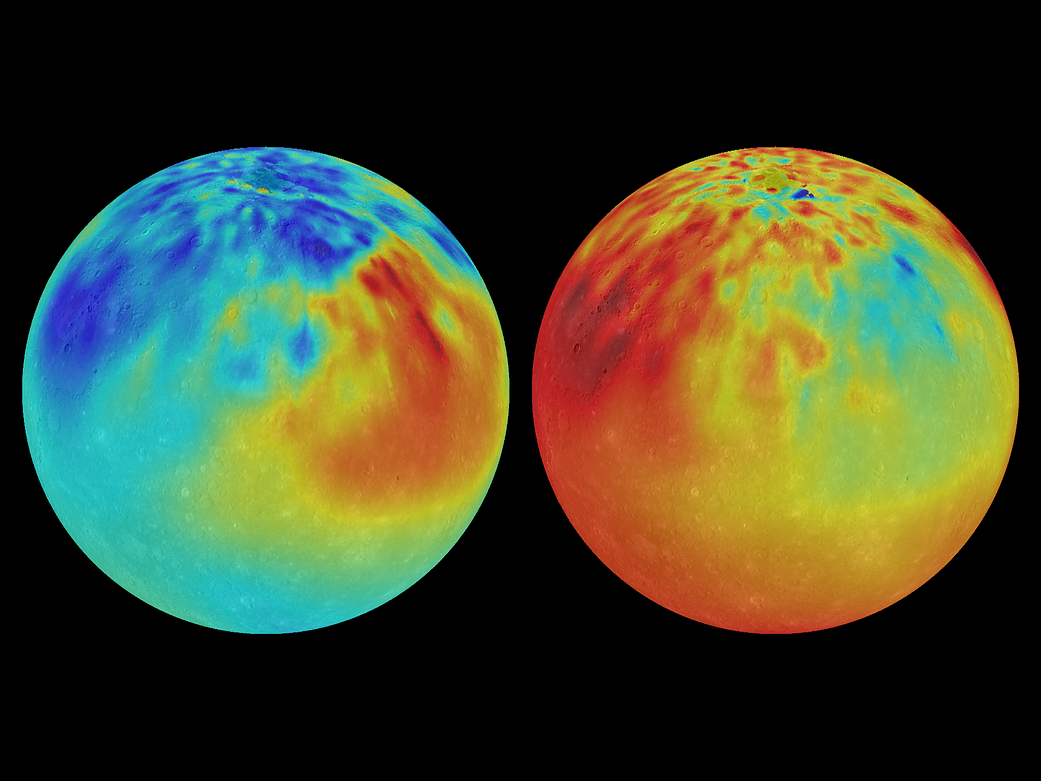Instrument: X-Ray Spectrometer (XRS) and Mercury Dual Imaging System (MDIS)Left Image: Map of Mg/SiRight Image: Map of Al/SiOf Interest: During MESSENGER’s four-year orbital mission, the spacecraft’s XRS instrument mapped out the chemical composition of Mercury and discovered striking regions of chemical diversity. These maps of magnesium/silicon (left) and aluminium/silicon (right) use red colors to indicate high values and blue colors for low values. In the maps shown here, the Caloris basin can be identified as a region with low Mg/Si and high Ca/Si on the upper left of each map. An extensive region with high Mg/Si is also clearly visible in the maps but is not correlated with any visible impact basin.WATCH AN ANIMATION OF THESE GLOBES SPINNING IN THE SECOND HALF OF THIS MOVIE!
The MESSENGER spacecraft is the first ever to orbit the planet Mercury, and the spacecraft’s seven scientific instruments and radio science investigation are unraveling the history and evolution of the Solar System’s innermost planet. In the mission’s more than four years of orbital operations, MESSENGER has acquired over 250,000 images and extensive other data sets. MESSENGER’s highly successful orbital mission is about to come to an end, as the spacecraft runs out of propellant and the force of solar gravity causes it to impact the surface of Mercury in April 2015.Credit: NASA/Johns Hopkins University Applied Physics Laboratory/Carnegie Institution of Washington
2 min read

























